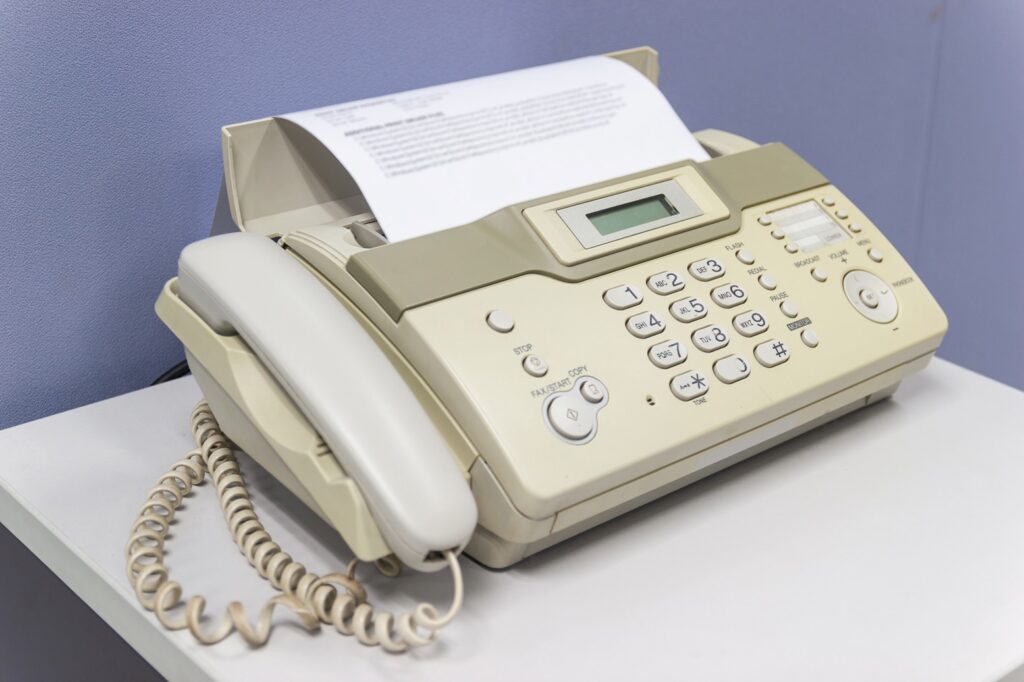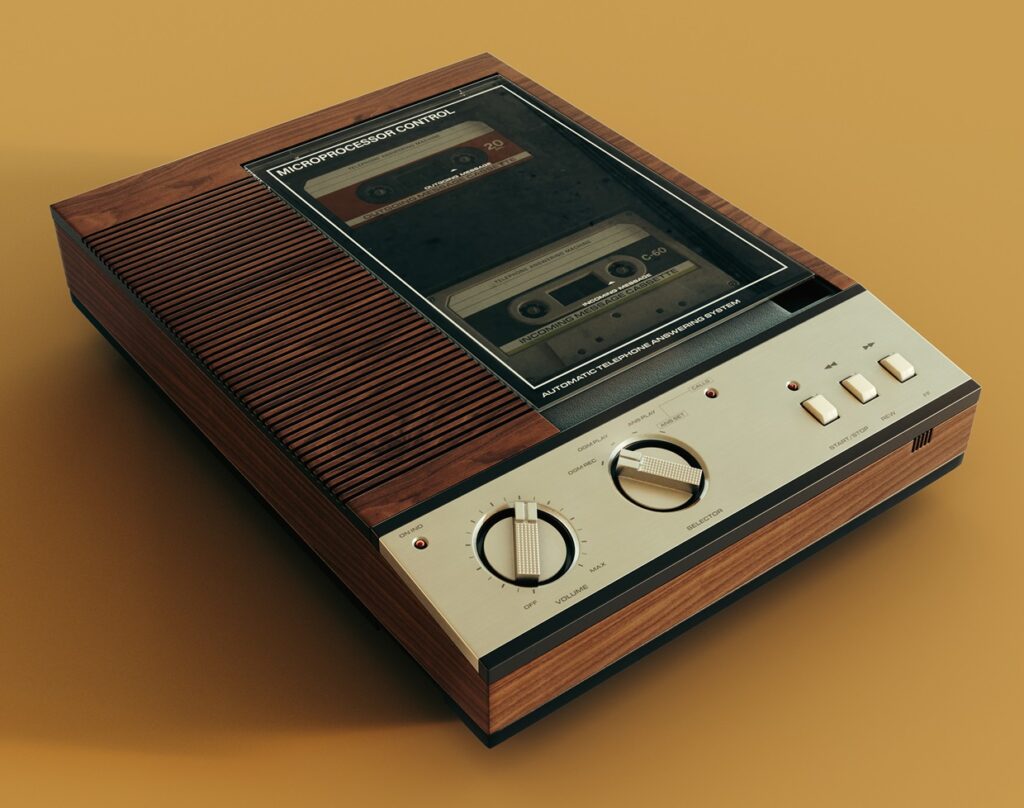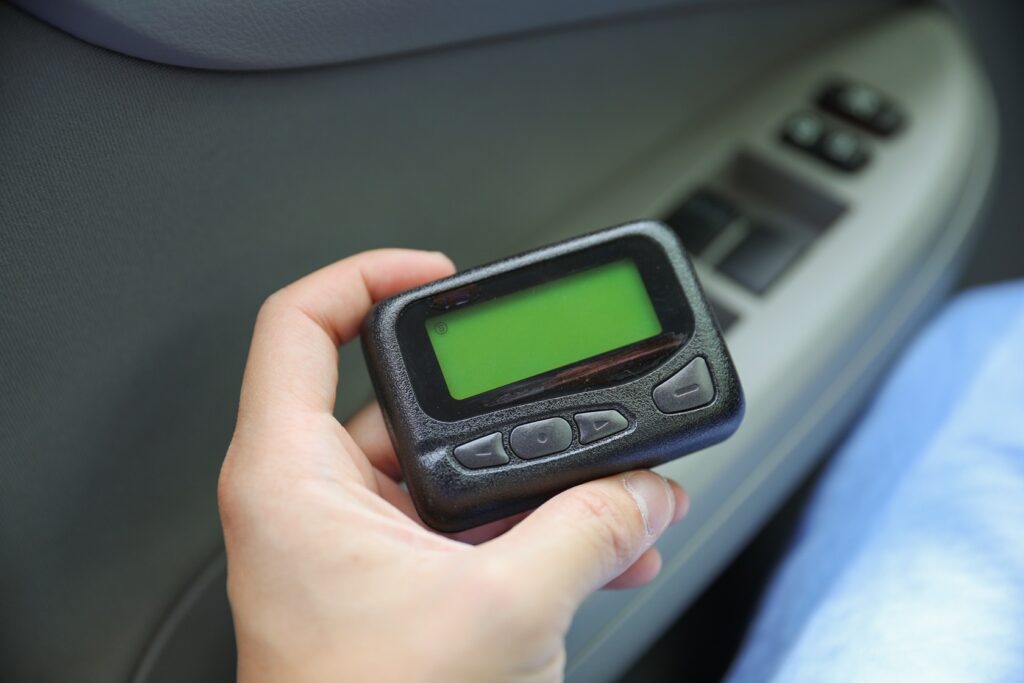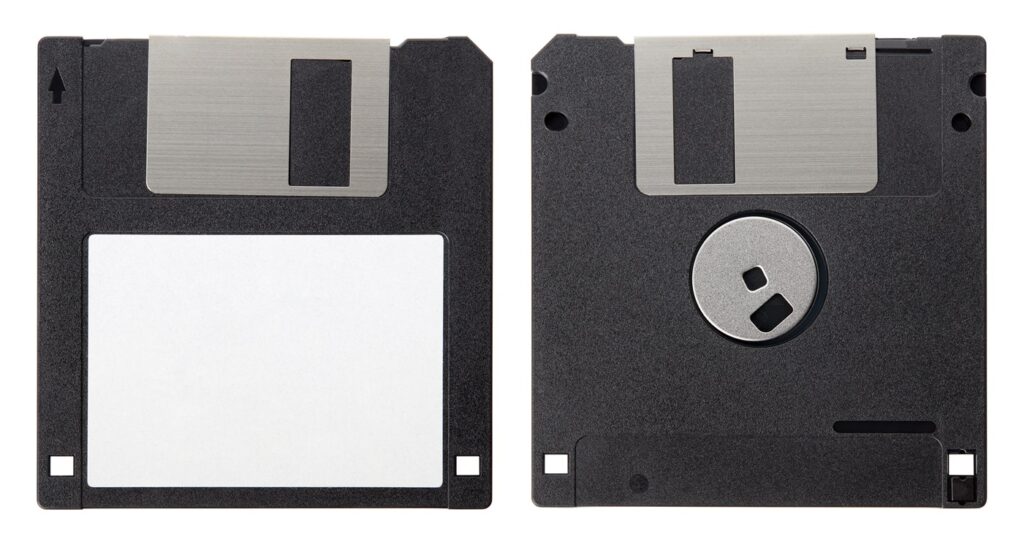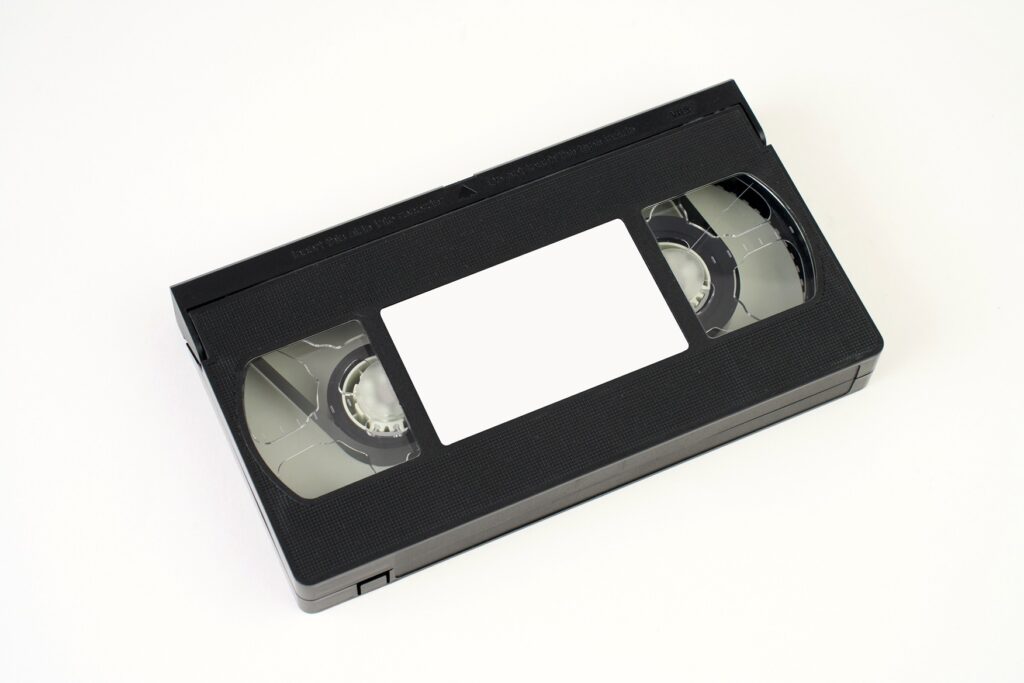The 1980s marked an exciting era of tech innovations, from groundbreaking gadgets that made everyday life easier to the early foundations of today’s digital age. Technology in the 80s transformed how people communicated, stored information, and entertained themselves.
While some 80s tech may seem outdated now, many of these innovations laid the groundwork for the devices we rely on today. Let’s take a closer look at what these iconic gadgets are and their modern replacements.
From Fax Machines to Online Faxing: The Evolution of Document Sharing
In the 1980s, fax machines transformed business communication by enabling instant document transmission over telephone lines, which was a major leap from traditional mail. Faxing became a staple of 80s office technology, simplifying how companies shared contracts, forms, and other important documents.
Today, online faxing services and fax apps have taken over. Now, users who need to fax documents can do so right from their computers, tablets, or smartphones.
With internet-based faxing, document sharing is faster, more eco-friendly, and doesn’t require a dedicated machine, toner, or paper. This shift demonstrates how 80s innovations have evolved to meet today’s digital needs.
Comparison: Fax Machine vs Online Faxing
Feature |
Fax Machines |
Online Faxing Services |
| Transmission Method | Physical phone lines with analog signals | Internet-based digital transmission |
| Accessibility | Limited to office environments with dedicated machines | Accessible via smartphones, tablets, and computers |
| Environmental Impact | Requires paper, toner, and a physical machine | Paperless, reduces waste and environmental impact |
| Speed | Slower transmission due to analog technology | Fast transmission; files sent almost instantly |
Answering Machines vs. Voicemail: The Shift in Communication
Answering machines became a big thing in the 80’s for households and businesses alike. By allowing people to leave recorded messages, these devices meant you didn’t have to worry about missing important calls. This gave people more freedom and flexibility, knowing they could catch up on messages later.
Today, voicemail has replaced the answering machine. Voicemail systems are fully digital, accessible on smartphones, landlines, and even computers.
Instead of being tied to a specific machine, you can check messages wherever you are, which adds convenience and mobility. Services like visual voicemail have also made it easier to view and prioritize messages without having to listen in order.
This evolution from answering machines to voicemail highlights how 80s technology adapted to support today’s fast-paced communication needs, offering flexibility and instant access from any device.
Comparison: Answering Machines vs. Voicemail
Feature |
Answering Machines |
Voicemail Systems |
| Storage Method | Cassette tapes or digital tapes | Digital storage on servers, accessible anywhere |
| Message Retrieval | Limited to one location (where machine is set up) | Accessible on multiple devices (phone, computer) |
| Notification | Light indicator or beeping on machine | Visual notifications, push alerts, SMS, or email |
| Management | Sequential playback, no way to skip directly to messages | Visual voicemail with message preview and selection |
| Reliability | Prone to malfunction with tapes or electrical issues | Stored on secure servers, with backup capabilities |
Pagers to Smartphones: The Rise of Mobile Connectivity
Back in the 80’s, pagers were the first real step toward mobile communication. They allowed people to receive alerts and brief numeric messages, which was revolutionary at the time. Pagers were quite popular among doctors, emergency responders, and business professionals who needed to stay reachable.
Fast forward to today, smartphones have transformed mobile communication. Unlike pagers, which offered limited alerts, smartphones deliver everything from instant messaging and video calls to full internet access and countless apps.
Now, staying connected means having a device that combines the features of a pager, camera, personal assistant, and much more.
Comparison: Pagers vs. Smartphones
Feature |
Pagers |
Smartphones |
| Communication Type | Numeric or alphanumeric messages only | Full messaging, internet browsing, calls, video |
| Functionality | Limited to simple alerts | Multifunctional (camera, GPS, email, social media) |
| Connectivity | Only through specific pager networks | Global connectivity via Wi-Fi, cellular networks |
| Portability | Small, clip-on devices, no additional functions | All-in-one portable device with multiple features |
| User Interaction | One-way communication; could not respond directly | Two-way, interactive with app integrations |
Floppy Disks vs. Cloud Storage: How Data Sharing Transformed
Floppy disks were the go-to solution in the 80’s for data storage and sharing. With a capacity of just over one megabyte, these disks made it possible to save documents, transfer files, and even back up data.
Today, cloud storage has completely redefined data storage and accessibility. Unlike floppy disks, which had physical limitations, cloud services allow users to store vast amounts of data and access it from anywhere with an internet connection. Files are no longer bound by device or location, making sharing seamless and collaboration easy.
Comparison: Floppy Disks vs. Cloud Storage
Feature |
Floppy Disks |
Cloud Storage |
| Storage Capacity | Up to 1.44 MB | Virtually unlimited, scalable by provider |
| Accessibility | Physical access only; disk needed to read files | Accessible from any device with an internet connection |
| Durability | Prone to physical damage, data loss | Data backed up on secure servers with redundancy |
| Collaboration | Limited to passing disks between people | Real-time sharing and collaboration capabilities |
| Cost | Affordable but limited storage | Flexible, pay-as-you-go or subscription-based |
VHS Tapes vs. Streaming Services: The Revolution in Home Entertainment
Back in the era of 80s technology, VHS tapes dominated home entertainment. These tapes allowed people to record and watch movies, TV shows, and family videos on demand. VHS rentals were a weekly ritual, and owning a collection of tapes was a point of pride for many.
Today, streaming services have completely revolutionized how we consume media. Platforms like Netflix, Hulu, and Disney+ now offer vast libraries of movies and shows that can be accessed instantly on various devices. Unlike VHS tapes, which could degrade over time, streaming provides high-quality content without the need for physical storage.
Comparison: VHS Tapes vs. Streaming Services
Feature |
VHS Tapes |
Streaming Services |
| Storage and Access | Physical tapes, require VCR machine | Digital, accessible on any device with internet |
| Video Quality | Low resolution, degrades over time | High-definition (HD), 4K, or even 8K quality |
| Content Selection | Limited to owned or rented tapes | Access to vast libraries with subscriptions |
| Playback Control | Rewind and fast-forward manually | Instant playback, pause, rewind, fast-forward |
| Convenience | Requires physical handling and storage space | Convenient, no physical storage needed |
Conclusion: The Lasting Impact of 1980s Technology on Today’s Innovations
The technology of the 1980s may seem outdated by today’s standards, but each device and innovation laid the foundation for our modern digital world. From the structured simplicity of fax machines and pagers to the multimedia experience of VHS tapes, these gadgets provided the framework for the more advanced, interconnected tools we rely on today.
Technology from the 1980s has evolved not only in functionality but in accessibility, leading us to a world where information, entertainment, and connectivity are all available at our fingertips.
FAQs on Technology in the 80s
How many pages could be faxed at once in the 1980s?
Fax machines in the 80s typically handled only a few pages at a time due to slower transmission speeds and limited memory capacity.
What replaced pagers from the 1980s?
Smartphones replaced pagers by offering instant communication, internet access, and additional features, all in one device.
Are floppy disks still used today?
Floppy disks have been largely replaced by cloud storage and USB drives, although some industries still use them for specialized purposes.
Why did VHS tapes become obsolete?
The advent of DVDs and streaming services, offering better quality and convenience, made VHS tapes obsolete.
What is the most notable technological evolution from the 1980s to now?
The rise of the internet and mobile technology has had the most significant impact, transforming how we communicate, share information, and consume media.


